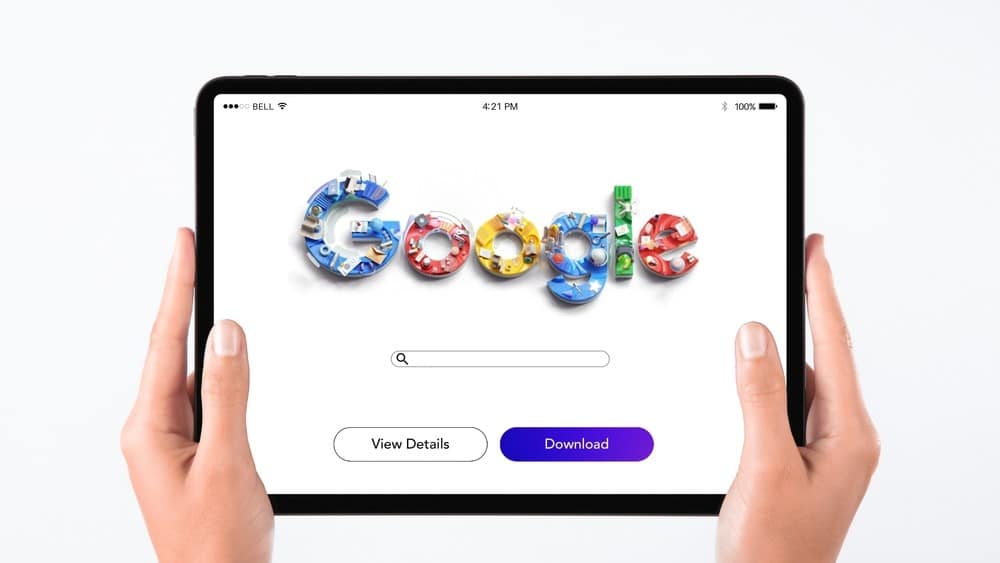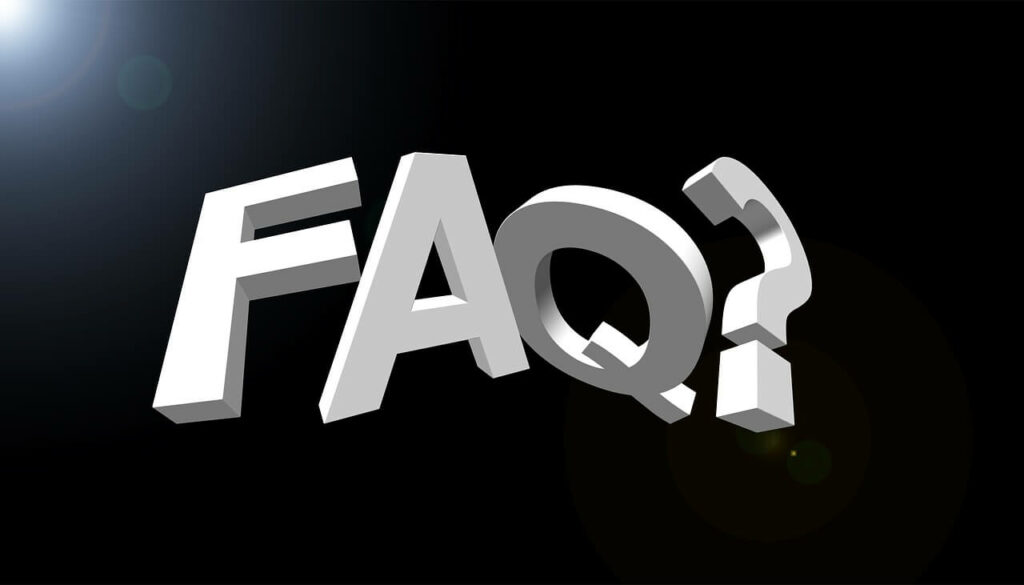Hi, and welcome to our insightful article on the Google UX Design Certificate!
Today, we’ll walk you through what this Google certification entails.
You’ll learn about the UX design concepts discussed in the course, the type of content used to pass the information, and the pros and cons of this certificate.
Here is a brief overview of what we’ll talk about:
- An overview of the Google UX Design Certificate
- A breakdown of Google UX Design Certificate course content
- Types of content in the certification program
- Pros and cons of Google UX design certificate
Let’s jump right in!
An Overview of Google UX Design Certificate

Google UX Design Certificate is part of Grow with Google project launched in 2018.
Grow with Google is where Google partners with schools, libraries, and other organizations to provide affordable online training in different careers.

Other Google courses in this project include:
- Google IT Support Professional Certificate, which is the most popular
- Project Management
- Google UX Design
- Data Analysts
- IT Automation with Python
Google partnered with Coursera for these certificate programs.
Let’s now look into our area of discussion, the Google UX Design professional certificate.
A Breakdown of Google UX Design Certificate Course Content

The Google UX Design Certificate takes over 200 hours of coursework and dozens of assessments and practical activities that simulate real-world UX design problems that learners are expected to solve at the workplace.
The coursework is developed by Google employees with years of experience in user experience design.
The course consists of seven topics covering the whole UX design process, from ideation to testing.
Learners are expected to commit 10 hours every week for six months to complete the program successfully.
By the end of the seven topics, you’ll have developed three projects and launched a full-fledged UX professional portfolio.
Here is a breakdown of each course in the program and what you can expect to learn:
Course I: Foundations of User Experience (UX) Design
This is an introductory course to user experience concepts.
The course lasts four weeks.
It has 21 hours of course content.
In this foundational course, you’ll learn about UX design frameworks, processes, and principles.
Additionally, you’ll learn how to create an online portfolio website where you’ll showcase your projects once the course is complete.
You’ll further learn the scope of work for UX Designers.
Google UX Designers share with learners about their job and how you can land a UX design job opportunity.
Course II: Start the UX Design Process: Empathize, Design, Ideate
With the basics out of the way, it’s time to delve deeper into the course content.
The second course runs for five weeks.
The course content is compressed into 31 hours.
Part of the course is three peer review assignments.
You’ll cover the ideation, the first stage in user experience design.
Some of the key lessons you’ll cover in course two include understanding users’ pain points and needs, defining users’ needs, developing a problem statement, and UX research methods.
You’ll be required to develop solutions to address users’ problems.
Once you’ve grasped these concepts, you’ll get your assignment from the lucky draw, which will require you to put the lessons learned into practice.
You’ll be given a real-world UX design problem.
Part of the hands-on learning process involves designing a potential user persona.
You’ll draw their profile and write a problem statement, user story, and pain points.
The UX Design process course also walks you through UX research methodologies, user journey maps, competitive audits, and the dos and don’ts during an interview.
This course thoroughly covers the ideation stage in a UX design process.
Course III: Build Wireframes and Low-Fidelity Prototypes
Course three contains 20 hours of content that runs for three weeks.
Part of the coursework is three peer review assignments.
In this unit, you’ll be tasked with creating a mobile app that will go into your portfolio.

This course covers an introduction to information architecture.
You’ll also delve into the ethics in UX design that you must follow.
Part of the practical work here involves creating a storyboard, drawing paper wireframes, and then digitally into Figma, building prototypes on paper, and designing low fidelity prototypes on Figma.
Course IV: Conduct UX Research and Test Early Concepts
This next course will take you four weeks to complete.
You’ll have to cover 22 hours of content.
This unit dives into planning and conducting usability studies, from research planning to choose interview type, data collection, and finally, insight generation.
Apart from the coursework, you’ll have four peer review assignments.
Course V: Create High Fidelity Designs and Prototypes in Figma
Course five is a six-week program that has 33 hours of content.
Here you’ll go through a step-by-step tutorial about creating mockups in Figma.
Your design will be critiqued several times.
After numerous iteration designs, you’ll have created an interactional high-fidelity prototype.
Part of the assignment involves writing a report explaining how you build your design.
The coursework here also covers the basics of UI design.
Course VI: Responsive Web Design in Adobe XD
Course six takes six weeks to complete.
This unit has content that runs for 40 hours.
You should complete five peer review assignments at the end.
In this course, you’ll redo the projects you did in Figma using Adobe XD.
You’ll start the design steps again, from empathizing to ideation to testing, so that you can create a responsive website using adobe XD.
You’ll create a UX design both for a website and a mobile app and add them to your UX portfolio.
Course VII: Design a User Experience for Social Good and Prepare for Jobs
This is the last part of the Google UX Design Certificate.
In this last leg, the course content runs for 47 hours and takes five weeks to complete.
The coursework has three peer review assignments.
Since it’s the last stretch, you’ll review the user design flows and all the critical elements in the previous courses.
You’ll be required to follow the steps in the previous courses to create a UX portfolio based on social good.
Again, you’ll go through what it takes for a successful entry-level job interview.
Further, you’ll review freelance UX Design work to determine if it’s a good fit for your career.
Types of Content in the Certification Program

From the basics of UX to more advanced concepts, the Google UX Design Certificate covers quite in-depth content for beginner UX Designers.
The platform uses different content types to break the monotony and make the course interactive and interesting.

You’ll learn through:
- Short videos that last 3-9 minutes with a Google expert talking about UX concepts
- Long and short pages of reading with loads of information and links to other online articles
- Self-reflection, where you write your thoughts about exercises and is optional
- Peer-reviewed exercises
- Embedded presentations, forms, or polls
- Quizzes
Pros of the Google UX Design Certificate

Now that we’ve reviewed what the Google UX Design Certificate entails.
Let’s look at what makes this online course a great resource:
Flexible Learning
Once you register for the course, the system will automatically set a tentative completion date.
Since you are studying at your own pace, you don’t necessarily have to complete the course on the given date.
You can reset the completion time along the way.
You can access the study resources through several devices: mobile phone, tablet, or PC.
The system syncs your learning progress such that whichever device you log into, it takes you to where you last left.
Rich and Practical Content
The course exposes learners to design tools like Figma and Adobe XD to create attractive visual designs.
Further, the coursework covers the whole UX design process, from user research to finding user problems and coming up with solutions to solve them to design testing.
There are also several peer review assignments to reinforce the lessons and assess fellow learners’ work.
The Google UX Design Certificate course is rich in content.
Suitable for Students at Different Levels
This UX Design Course is ideal for individuals who don’t have any experience in UX design.
It’s also the perfect fit for those who have some background knowledge and want to sharpen their skills.
At the end of the course, learners will have the practical skills to create web pages.
Practical Job Searching Tips
Apart from learning the nuts and bolts that make UX design, Google students are exposed to UX Designers from different backgrounds.
These UX Designers share with learners job search experience and career path journey.
They also advise on job hunting.
They’ll give ideas on the UX design positions you can apply for and helpful tips for making those applications.
They’ll further highlight the best platforms to find user experience jobs.
Cons of the Google UX Design Certificate

Everything with a good side also has a bad side.
So, here are some of the disadvantages of the Google UX Design Certificate Course:
Uneven Progress
The course has several assignments.
In the sixth course, you are required to create a webpage design.
As you progress to course seven, you’ll be required to create a web page and portfolio website to showcase your work.

The many assignments are great for polishing your practical skills, but it’s equally challenging.
This can be seen in the number of learners dropping out of the course as it progresses.
That means fewer students complete the course and ultimately get their certificates.
An Easy Curriculum
While you would think that an easy curriculum is good, it’s not if your goal is to become a full-fledged UX Designer.
And so, although the Google UX Design Certificate gives a strong foundation in user experience, it’s not enough to be a professional in the UX design field.
Therefore, it will be in your best interest to enroll in another UX Design Course if you want to be employed as a User Experience Designer.
Mixed-Feeling Peer Review
Part of the coursework involves submitting assignments to be peer-reviewed by other learners as you review their work.
Ideally, you should review two projects from other learners in the program.
The downside is that sometimes, you may submit your work, and it will take days for a classmate to evaluate it.
Other times, you may only find one assignment to evaluate instead of two.
So, although peer review allows learners to understand the UX design concepts better, it can be a drag.
Conclusion

Google UX Design Certificate is an excellent starting point for individuals who want to get started in UX design.
The coursework covers the whole UX design process with several practical projects that allow you to put the lessons learned into practice.
You’ll get professional insights into job searching and how you can launch your UX design career.
With the certificate, you can apply for jobs on different platforms online as you advance your knowledge through other learning platforms.
FAQs

Is the Google UX certificate worth it?
Yes.
It’s absolutely worth it.
The certificate coursework is created by Google practitioners who are experts in the field.
It encompasses theory and practical assignments.
By the end of the coursework, you’ll be well prepared for an entry-level job.
Lastly, the certificate is affordable.
It costs $156 only.
Can I get a job with a Google UX Design Certificate?
Yes.
The course adequately prepares you for the job market.
You’ll have three projects in your UX portfolio.
Again, you can leverage the career resources, create a resume and try mock interviews.
Lastly, Google has a job board where it has patterned with other companies where you can apply for jobs.
How much does the Google UX course cost?
The certificate course is available on Coursera.
The monthly subscription fee is $39, and it takes four to six months to complete the course.
That means it will cost you between $156 and $234.
How long does it take to complete the Google UX Design Certificate?
It takes three to six months to complete the Google UX design course and get the certificate.
You’ll be required to commit 10 hours per week to complete the certificate within this time frame.
You will most likely finish earlier if you commit more time daily.
What are the requirements for getting a Google UX Design Certificate?
Google UX Design Certificate is open to beginners without prior experience in UX design.
To earn the certificate, you must enroll in the course and complete the course requirements, which include theory and practical work.
You can only get a certificate after completing the seven courses.
Is the Google UX Design Certificate accredited?
Yes.
Google UX Design Certificate is accredited.
The program is fully online.
So, you can do it from anywhere.
It’s comprehensive, making it ideal for aspiring UX Designers and even those with experience.
The coursework prepares you for entry-level jobs.
Is the Google UX Certificate necessary for a UX Designer?
It’s not necessary as there are several other UX Design Certificate courses.
You can go for a degree course, sign up for a BootCamp or enroll in the many online courses.
However, the Google UX Design Certificate introduces you to the fundamentals of user experience.









